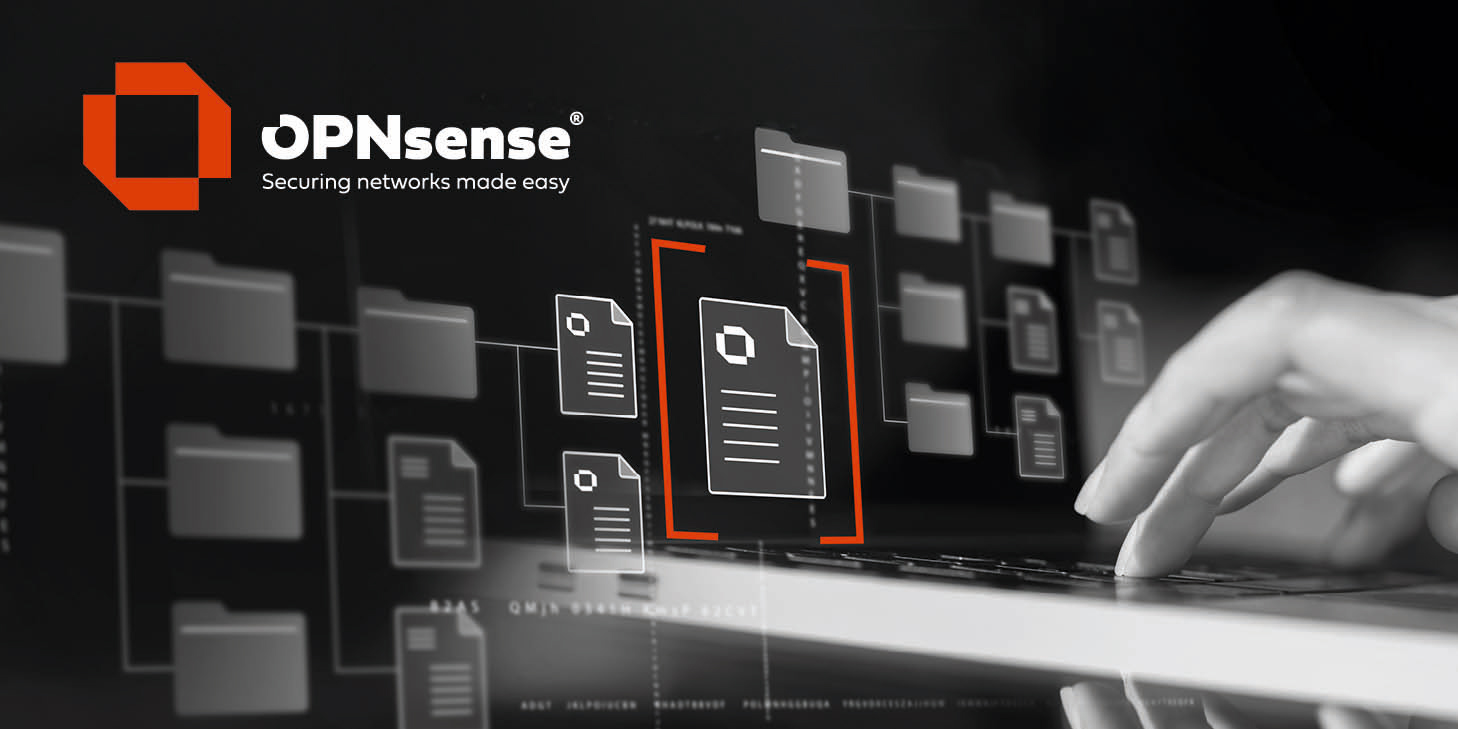QuoteYou say it's 1G. Should it be different?
No, the OP said his links only worked at 100M, and my response was simply that mine are working at a higher speed than that. On an old wifi N laptop I'm getting about 160 Mbps, and the amber LEDs on the ports themselves indicate 1 Gbps connections. (The user manual for my board says if the connection were 100 Mbps, the LEDs would be green.)

 "
"
